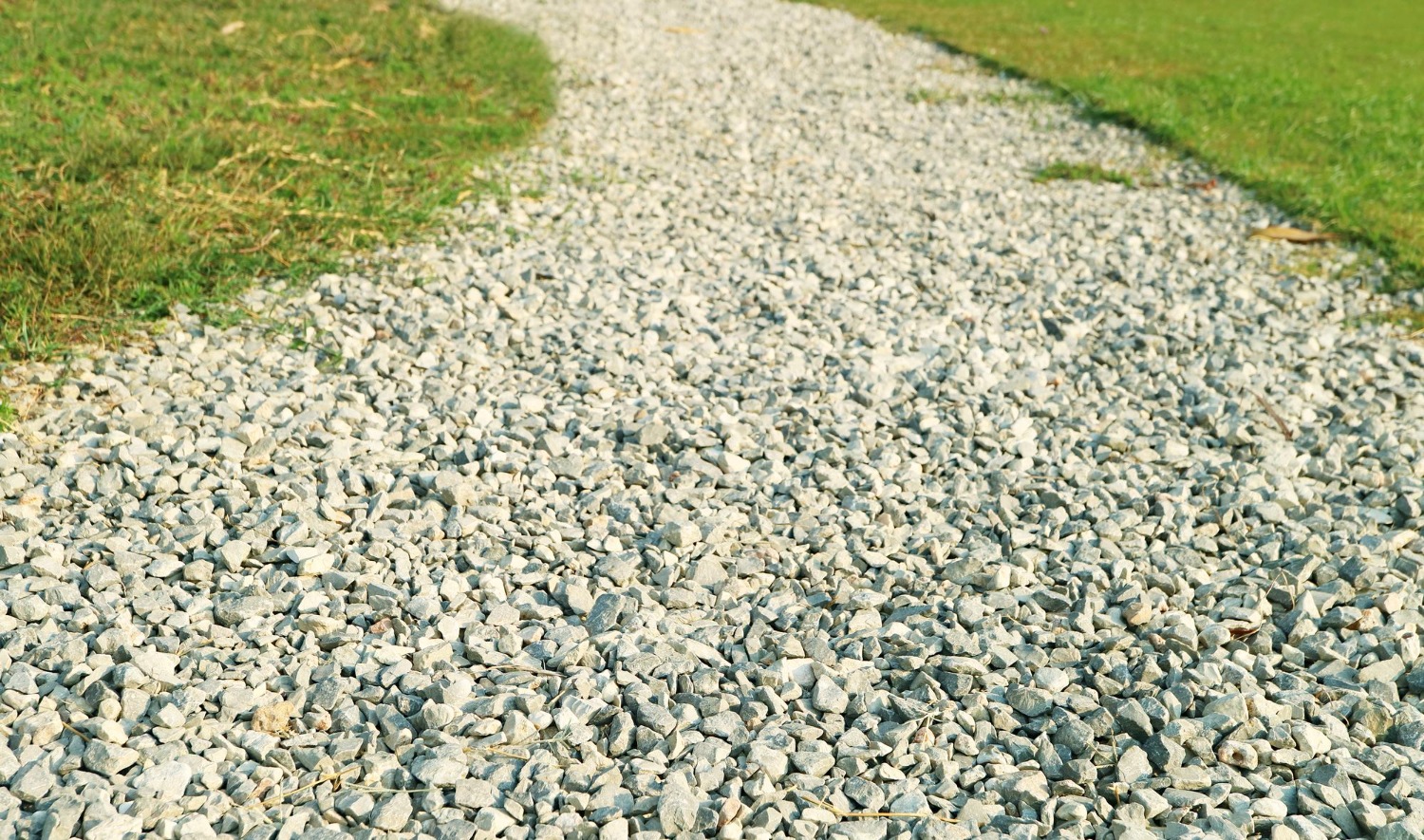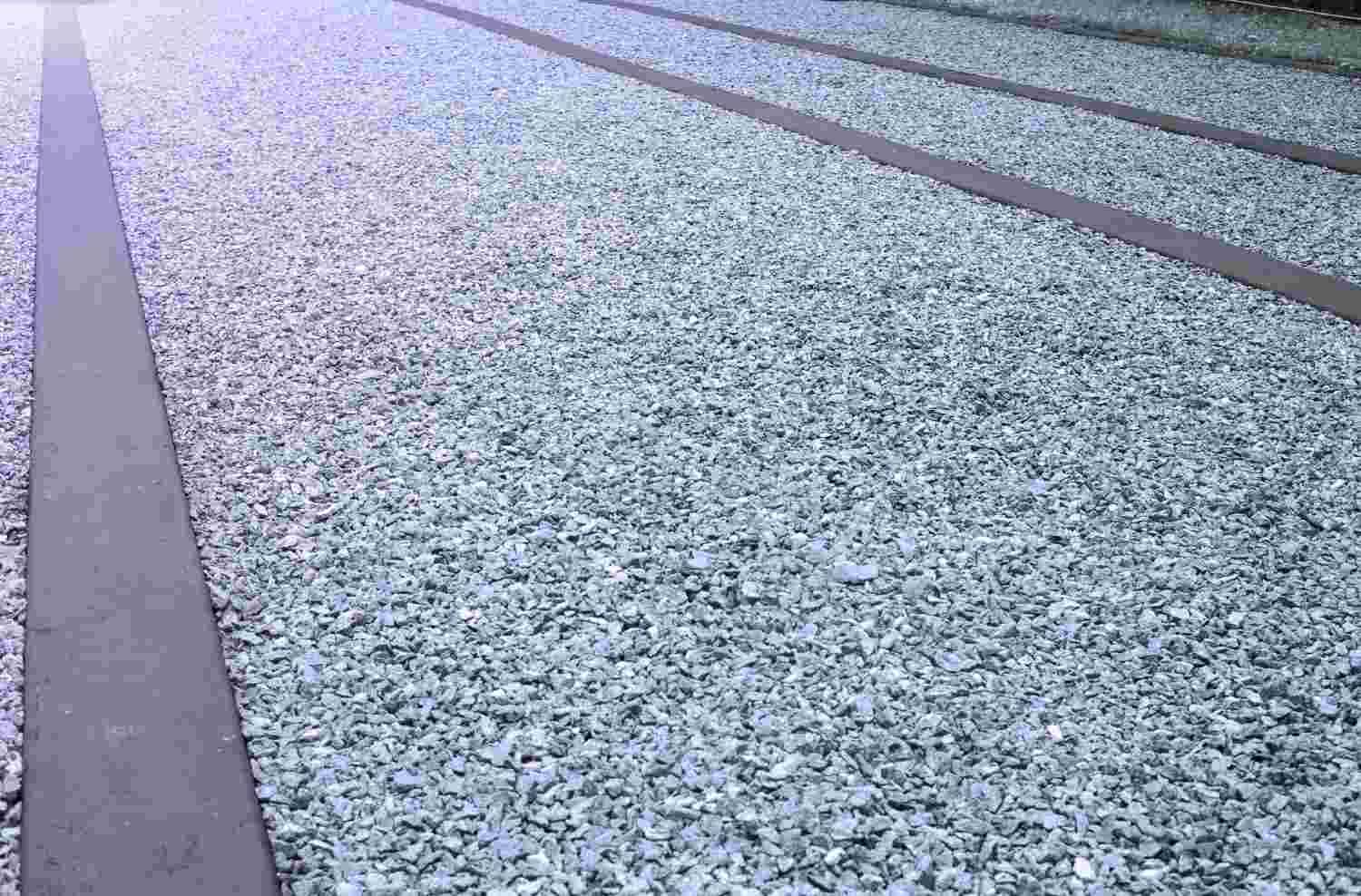
The Complete Guide to Tarmac Driveways
- Blogs
Table of Contents
When considering a solution for your home, you want to balance beauty, durability and cost-efficiency. The functionality and aesthetics of tarmac driveways have increased their popularity among homeowners. This comprehensive guide will dive into what makes tarmac the right choice for your roadway needs.
What is Tarmac?
Tarmac is a paving material made from gravel mixed with tar. This combination makes the surface smooth and ideal for heavy loads and frequent use. Its dark, rich colour adds elegance to the exterior of any home.
Before starting the installation of your tarmac driveway, it is essential that you perform a thorough preparation, such as analysing the driveway condition, getting required permissions and permits, designing the driveway, selecting the slope, and identifying edges.
Installation Process of Tarmac Driveway
There are a few easy stages involved in installing a tarmac driveway.
Step 1: Stabilising the soil is the first step. To perform this, the area where the driveway will be placed must be dug up.
Step 2: Set the sub-base in place after excavating. It offers a sturdy footing for the tarmac and provides a reliable foundation for the driveway.
Step 3: Validating proper drainage is necessary to avoid standing water and possible tarmac damage. It’s an essential step in the installation procedure.
Step 4: Pour the hot tarmac onto the surface as soon as the foundation is ready.
Step 5: To make sure the pavement is level and smooth, compact it with a roller after it has been laid.
Step 6: The driveway shall be ready within a few days once the tarmac is appropriately cured.
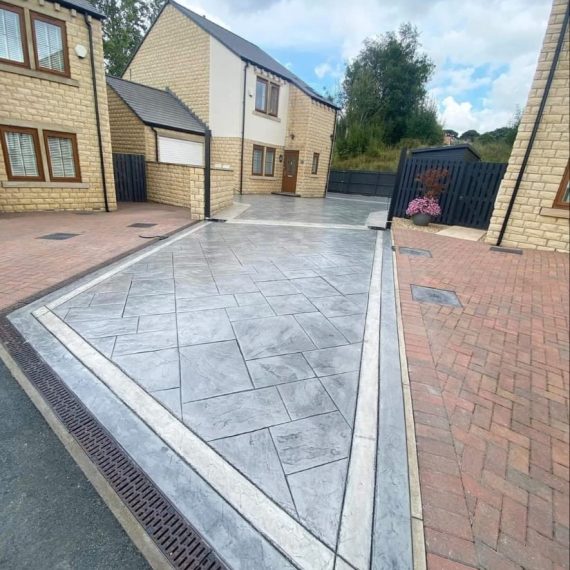
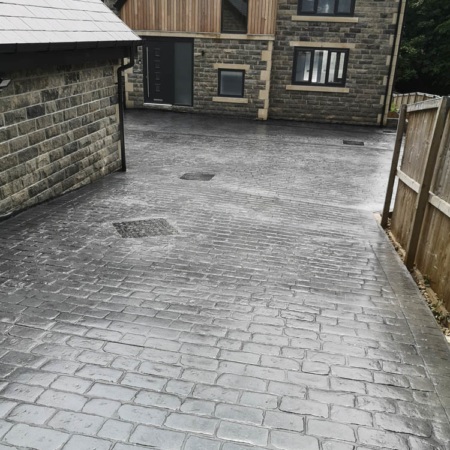
Advantages of Tarmac Driveways
Tarmac driveways provide a range of benefits, such as
Durability: Tarmac isn’t just any ordinary surface. It is made to withstand weather conditions and the weight of moving cars. Putting money into a tarmac driveway is an investment in your property’s long-term stability.
Enhanced Curb Appeal: Your home’s driveway gives a first impression. Regardless of the design of the property, tarmac driveways quickly enhance its appearance with their sleek and modern appearance.
Low Maintenance: Tarmac needs less upkeep than other types of surfaces. It only requires periodic sweeping and re-applying of sealant to remain in excellent condition, saving you time and effort.
Cost-effective: Tarmac driveways are incredibly economical. They are a sensible investment for any homeowner because they are frequently less expensive upfront and need less maintenance over time.
Rapid Installation: When compared to other alternatives, tarmac driveway installation is known for being comparatively rapid, due to its simple process of installation.
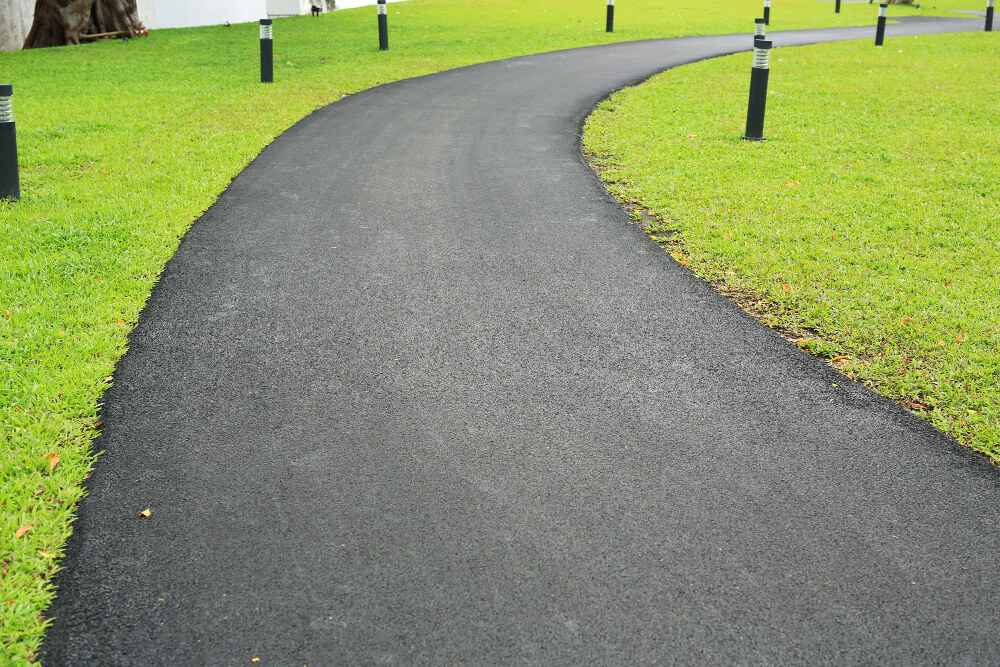
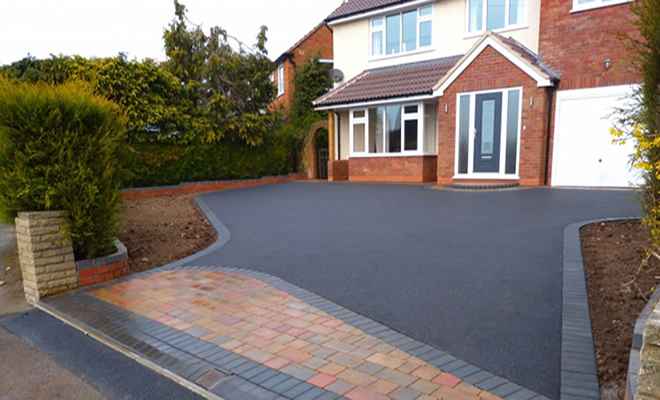
Maintenance Advice for Tarmac Driveways
Consistent upkeep is essential to maintaining the durability and appeal of your tarmac driveway.
Routine Cleaning: To get rid of dirt, debris, and stains, pressure wash or sweep the driveway’s surface.
Resealing: To preserve the integrity of the tarmac surface, re-apply the seal coat after some time.
Patching Cracks and Potholes: To stop additional damage and preserve a smooth driving surface, patch any cracks or potholes as soon as possible.
Stopping Weed Growth: To stop weed growth and keep the driveway looking tidy, apply weed killer or weed barrier.
Steer Clear of Large Loads: To protect your tarmac surface, steer clear of parking large machinery or trailers on the driveway, especially in the summer season, as it softens and is more prone to damage.
Conclusion
In addition to adding to the visual attractiveness of your house, a well-kept tarmac driveway offers a long-lasting and practical surface. By following the above guidelines regarding installation and maintenance of your tarmac driveways, you can create a durable and aesthetic entrance to your home that also has the ability to last longer.

